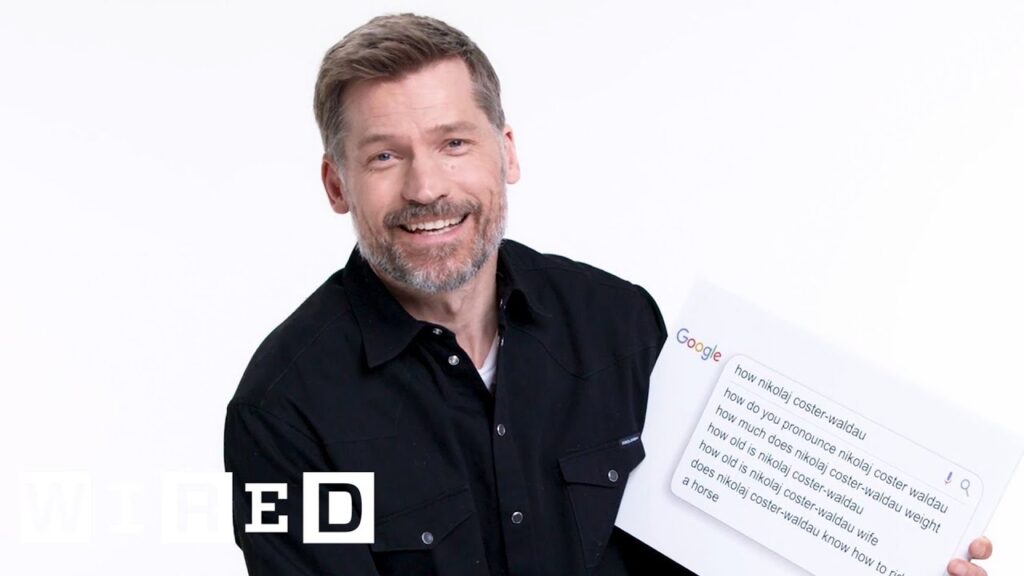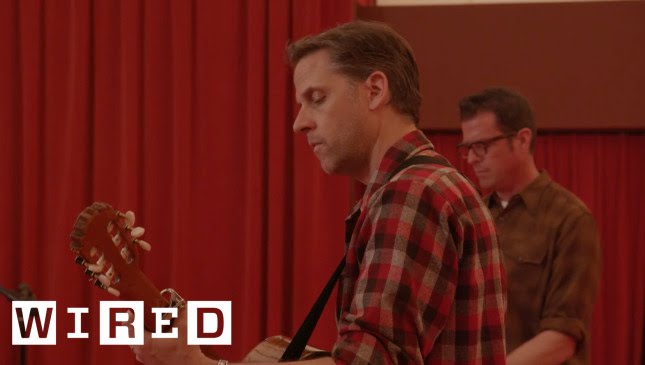The Art of Conducting: Insights from a Professional Conductor
Summary
In this transcript, Kent Tridl, a professional conductor and musician, provides insights into the art of conducting. He talks about the beat patterns, sense of tempo, communication, and the conductor’s role in creating a sense of architecture. He shares his experience of teaching conducting to his students and highlights the importance of right-hand and left-hand independence. He also discusses the challenges of conducting, including regulating the tempo and avoiding the ego-driven showmanship.
Table of Contents:
- Introduction
- What is Conducting?
- Beat Patterns and Tempo
- Communication and Conducting
- The Role of Conductors in Creating a Sense of Architecture
- Challenges of Conducting
- Conclusion
Introduction:
Conducting is a mysterious and intriguing profession. It involves creating a scene that enables musicians to step fully into the music. I’m Kent Tridl, a conductor and an organist, and I’m excited to share my insights into the art of conducting. In this article, we will explore beat patterns, sense of tempo, communication, and the conductor’s role in creating a sense of architecture. We will also look at the challenges conductors face and the essential skills required to become a successful conductor.
What is Conducting?
A conductor is like a director who sets the stage for the musicians to perform. Conducting involves creating a sense of timing, pace, and mood that enhances the musicians’ performance. The conductor has to have a precise beat pattern and a good sense of timing. A clear beat pattern nurtures the musical context, and tempo denotes the character and dynamics of the music. One of the fundamental aspects of a conductor’s role is communication, where they must interpret and translate the music into a language that musicians can understand.
Beat Patterns and Tempo:
The first thing we teach our conducting students is the beat pattern. It starts with the upbeat, which connotes the tempo, character, and dynamics. Starting and stopping are the most critical parts of the conductor’s job, and how they give the upbeat determines the timing of the music. In addition to learning the beat patterns, our students need to master the sense of tempo, which we train through internalization. We use the metronome to regulate the timing, and students have to conduct while feeling the tempo. Regulating the tempo during a performance is a challenge, but a good conductor can overcome it.
Communication and Conducting:
Communication is a critical aspect of conducting. It requires the conductor to interpret the music and share their interpretation with the musicians. The conductor must communicate in a way that invites the musicians into the interpretation, making them feel like a part of it. The conductor acts as a conduit for the energy that flows from the musicians and back to them. We teach our students to be open to the musicians’ interpretations and invite them into the creative process.
The Role of Conductors in Creating a Sense of Architecture:
One of the conductor’s essential roles is to create a sense of architecture in the music. The conductor must understand the larger structure and break it down into smaller components. A good conductor must analyze the key relationships of each component, looking at how the individual parts fit together in the overall piece. The conductor must be able to sing or play each part and understand the piece’s phrasing and overall musicality.
Challenges of Conducting:
Conducting comes with its unique set of challenges. One of the most significant obstacles is the conductor’s ego. Ego-driven conducting can lead to showmanship, which can detract from the music’s meaning. Conductors must resist the urge to control other people and focus on facilitating the musicians’ hookup. Regulating the tempo during a performance can also be challenging, and conductors must remain aware of their pacing and independence of motion.
Conclusion:
The art of conducting is an exciting and mysterious field. Conductors must have a clear beat pattern, a sense of tempo, the ability to communicate effectively, and understand the architecture of the music. Conducting can be challenging, but with the right approach, transcendent performances can occur. At its core, conducting is about facilitating the hookup of all the people involved in performing the music. It’s about bringing a sense of musicality and interpretation to the piece while being open to the musician’s contributions. Remember, conducting is not about showmanship; it’s about creating a beautiful musical experience for everyone involved.







